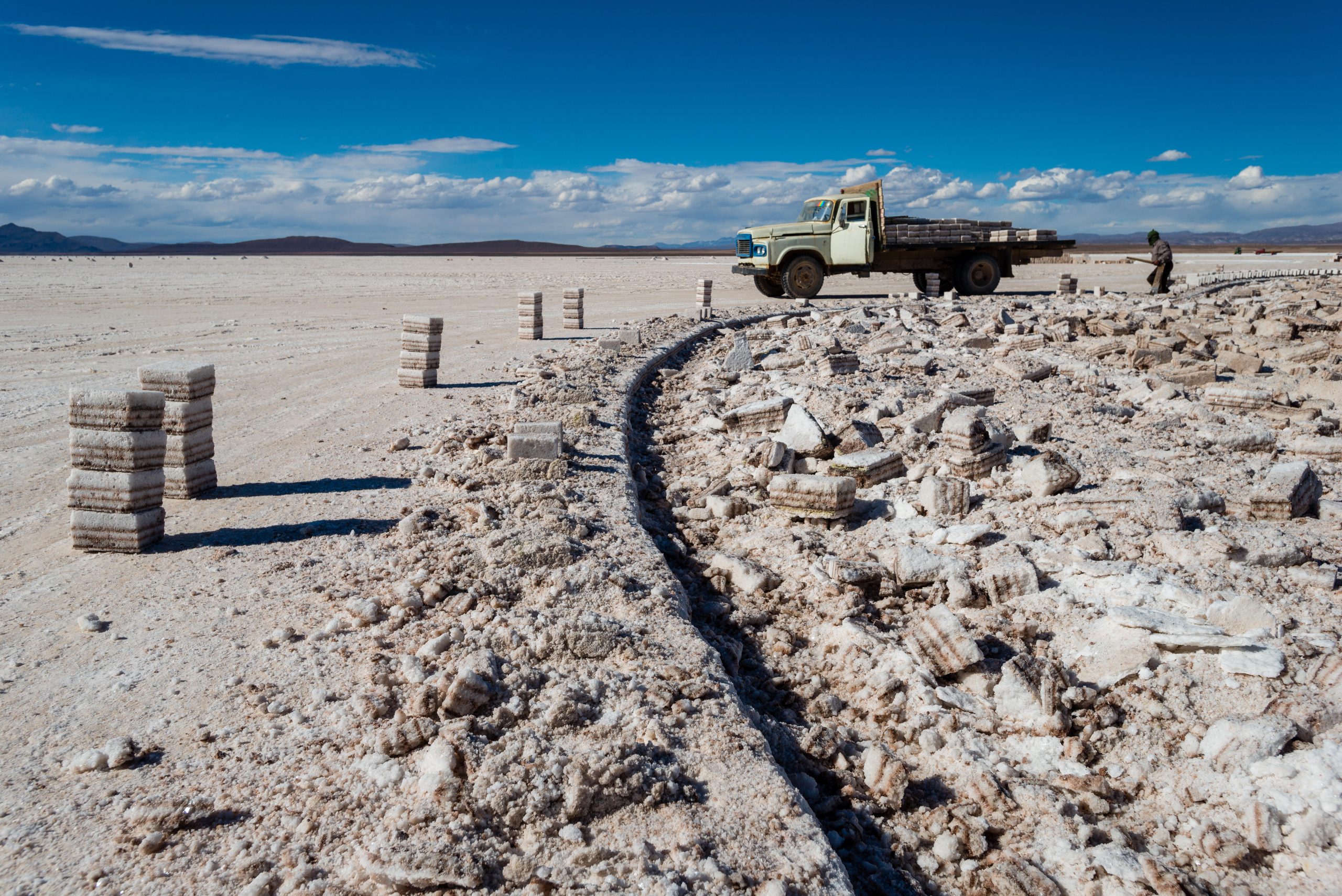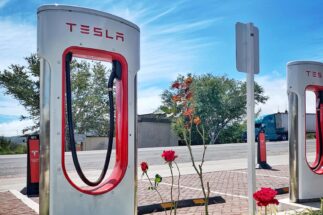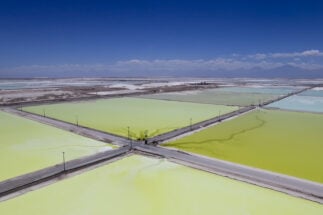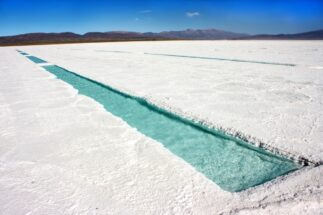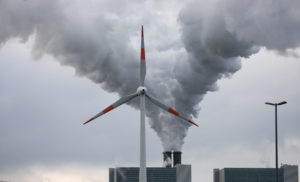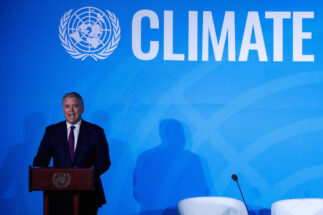How many portable electrical devices can you see right now?
Phones, laptops, tablets, digital cameras and many other battery-powered devices are likely to be powered by lithium-ion batteries. Lithium has multiple other uses. It can also be used for grid storage, to manufacture heat-resistant glass and ceramics, industrial greases, and is even used in treatments for bipolar disorder and depression.
But along with smartphones, perhaps the most monumental development that lithium has powered, since they first hit the market in the 1990s, is the boom in electric vehicles (EVs).
This growth can be linked, in part, to China prioritising the manufacture of EVs in its 13th Five-Year Plan, launched in 2015. China now manufactures 10,000 EVs every month, all of which use lithium-ion batteries.
Lithium is now so sought after that countries from Australia to China and South America are rushing to tap their resources. Yet it is also associated with environmental conflicts and international trade disputes.
What makes lithium so special?
Lithium is part of the chemical group of alkali metals, which are so highly reactive that they are never found in their pure form in nature, only as compounds. Its reactivity is due to its electron configuration. Lithium has a single electron on its outer shell, known as a valence electron, which enables it to form a chemical bond when the shell is open. This means it can easily conduct heat and electrical currents.
Lithium is also the lightest weight alkali metal, making it an ideal choice for use in portable devices. Lithium ions (electrically charged atoms) move from the negative to positive electrode when discharging and vice versa, enabling lithium batteries to recharge. Lithium-ion batteries can also provide three times the energy density of conventional rechargeable lead batteries.
These unique properties have given lithium its moniker ‘white gold’.
How is lithium mined?
Most of the world’s lithium is extracted from a mineral-rich brine around ten metres beneath the briny lakes of high-altitude salt flats. The process begins by drilling down through the crust and then pumping the brine up to the surface into evaporation pools, where it is left for months at a time. This creates a salty mud comprised of a mixture of manganese, potassium, borax and lithium salts, which are then moved to another open-air evaporation pool.

After 12-18 months, the mixture is sufficiently distilled to extract the lithium carbonate, the main raw material used in lithium ion batteries.
This method of extraction is commonly used in the so-called ‘Lithium Triangle’ that straddles Bolivia, Chile and Argentina. This method is favourable due to its low cost and effectiveness in extracting lithium carbonate. However, the process is extremely water intensive.
Which countries are rich in lithium?
The Lithium Triangle possesses 47 million tonnes of lithium resources – around 65% of the global total, according to the US Geological Survey.
A country’s lithium resources differ to its reserves. Lithium resources are what lie underground, whereas lithium reserves are exploitable deposits.
In terms of reserves, Bolivia doesn’t even rank in the world’s top 10. Chile ranks the highest, possessing 8.6 million tonnes in reserves, followed by Australia, with 2.8 million tonnes. However, in 2018, Australia surpassed Chile to become the largest producer of lithium by metric tonnes.
This is in part due to Chile’s restrictions on foreign exploitation of natural resources. Chile considers lithium strategically important for its economic development.
Why is there such fierce competition to industrialise lithium?
There are many countries competing for access to ‘white gold’. South Korea (US$483 million), Japan (US$312 million) and China (US$240 million) are the main buyers of lithium carbonate, used to manufacture high-tech products for domestic consumption and export.
In the past, China has tried to stifle competition in the high-tech and nuclear industries by restricting its own supplies of lithium to Japan through prohibitively high export tariffs. Since 2012, the World Trade Organisation (WTO) has imposed rules against China to prohibit such practice.
By exporting lithium and importing finished technologies at a significantly higher price, Latin American economies are trapped in a cycle of declining terms of trade
These exported goods often end up back in the countries where the lithium was originally mined. For example, ten Latin American countries now have a combined 1229 Chinese electric buses that use lithium batteries on their roads. Some of which are bought by national governments for up to US$400,000.
By exporting raw materials, such as lithium, and importing finished technologies at a significantly higher price, there are concerns that Latin American economies are trapped in a cycle of declining terms of trade, unable to retain the added value.
Chile has attempted to break this cycle in recent years by limiting foreign control over natural resources, with a bill stating that the exploitation, industrialisation and commercialisation of lithium is in the national interest. However, in May 2019, the Chinese mining company that controls the largest share of lithium reserves in the world, acquired almost 24% of Chile’s Sociedad Química y Minera (SQM), a major domestic producer. Tianqi has since run into major financial difficulties.
What are the social and environmental impacts of lithium mining?
Approximately 500,000 gallons are used to produce one tonne of lithium. In Chile’s Salar de Atacama, mining activities consume 65% of the area’s water. In a region where annual rainfall is less than 15 millimetres per year, the activity depletes already scarce water resources that local communities and species depend on.
500,000
gallons of water (the amount used to produce one tonne of lithium) can provide for 3,500 people for one year.
Furthermore, toxic chemicals used in the separation process, such as hydrochloric acid, can leak from the evaporation pools into local water supplies and also affect air quality. Communities, who in many cases are indigenous to the area and hold traditional or communal rights to land and resources, are often displaced due to water shortages for themselves and their livestock.
In some cases, indigenous communities have taken legal action over lithium projects’ violations to their right to free, prior, and informed consent. Consultations on projects are a requirement under the ILO’s Convention 169 on indigenous and tribal peoples, which countries including Argentina, Bolivia and Chile have ratified.
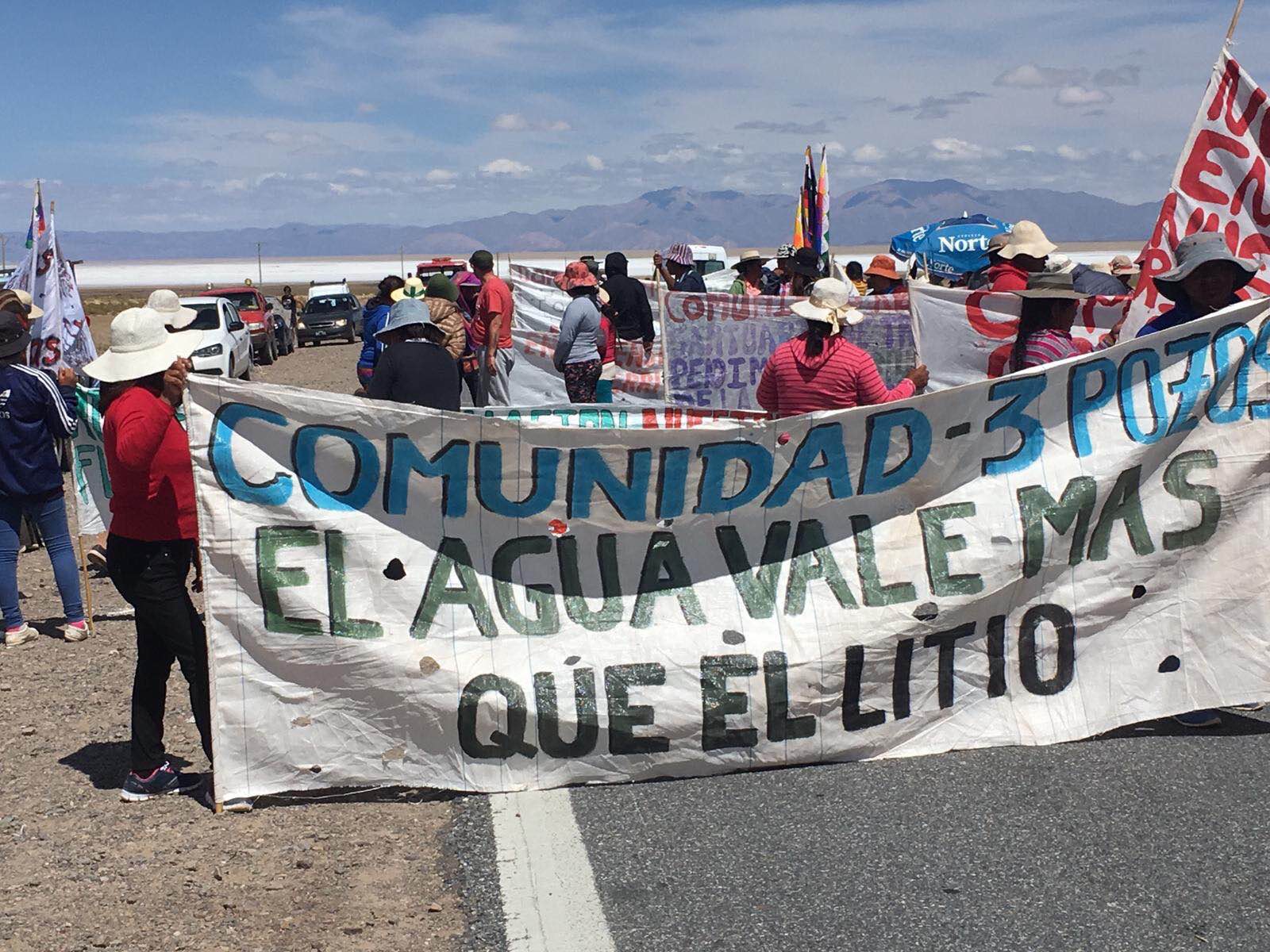
Can lithium mining technologies become more efficient and sustainable?
Modifications to extraction technology have been identified as one of the best ways to reduce water use and protect local ecosystems.
Direct lithium extraction (DLE) is a technology that has been around for decades in which the barren brine is re-injected into the salt flats once the lithium has been extracted. This means less water is removed during the extraction process. However, this method takes longer and is costlier than the popular techniques used in the Lithium Triangle.
Like many natural resources, the world’s supply of lithium is limited, and companies and consumers are constantly demanding batteries that are safer, longer lasting and are more environmentally friendly.
Alternatives to lithium-ion batteries that are less toxic and are made from more accessible metals are being explored. These include sodium-ion or flow batteries. But further development is needed to make them as effective as lithium for energy storage.
Did you know…
Only 2% of lithium-ion batteries are recycled in Australia
Lithium is surprisingly efficient in EVs, which have fewer breakdowns than traditional combustion engines and materials can be recycled after use. However, a study in Australia showed that only 2% of lithium-ion batteries are currently being recycled, meaning batteries are ending up in landfill, where toxic fluids can leak into underground reservoirs.
Until recently, only 50% of the lithium in batteries could be re-used due to insufficient and unsafe recycling processes. Finnish clean-energy company Fortum, however, claims it can recycle up to 80% of materials.
After the discovery of some 244 million tonnes of reserves in Mexico’s north-eastern Sonora state, China’s Ganfeng Lithium has announced it will develop a recycling plant near the site. The plant will process defunct Tesla batteries from the US, as well as the electric bus batteries that have reached the end of their lifecycles.
The batteries processed at the Ganfeng and other plants can be re-used in EVs, or re-deployed in less demanding applications. Other elements recycled from lithium-ion batteries, such as manganese and cobalt, can be used in the production of cement and stainless steel, presenting an opportunity for greater circularity and sustainability in the industry.
